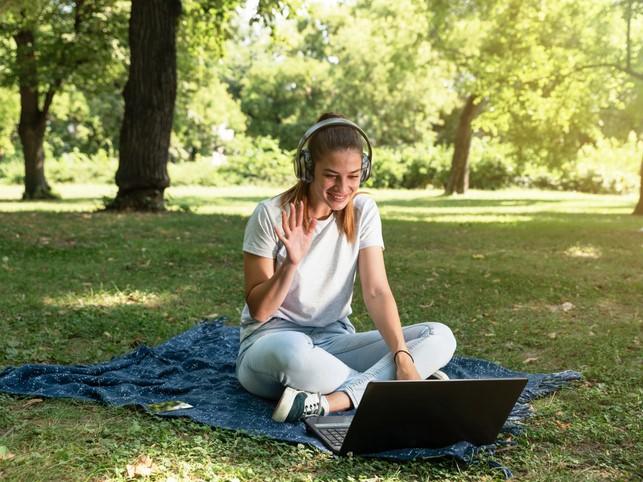
Creating ‘third spaces’ will revolutionise your campus
Informal communal spaces bring multiple benefits, from encouraging interdisciplinarity to helping with net zero targets, says Jerry Tate

You may also like
Popular resources
I recently attended the University Property Conference and watched a series of inspirational talks from directors of university estates about how their campuses are targeting net zero. As part of this, all of them were, quite rightly, very concerned with utilisation rates; these are very much the elephant in the room when it comes to improving the efficiency of estates.
Utilisation is the percentage that spaces are used compared with a full working week, and in a university this typically ranges from 20 to 30 per cent. This inevitably means massive amounts of wasted space across the higher education sector, which means in turn that an institution needs to create and maintain more space than it theoretically needs operationally – making reaching net zero carbon that much harder.
- Campus design for access and inclusion
- How campus layout influences social ties and research exchange
- Open to all? Using our spaces to better engage local communities
However, there is a trend in university estates that has been accelerating post-Covid, which could dramatically improve utilisation rates and at the same time break down academic siloes across the HE network. This is the rise of shared “third spaces”; these were originally defined by sociologists as the spaces between the home (first space) and work (second space), and in an academic setting are the unprogrammed communal and social spaces that hold the campus together and provide room for students and staff to interact informally.
Third spaces can have the following positive impacts:
- Make it easier for multiple departments to share teaching facilities, which can improve utilisation rates.
- The “mixing valve” effect of a third space can promote cross-disciplinary collaboration, which is very much in tune with trends in research (such as the Francis Crick Institute) and aligns with new degrees that teach a complementary variety of subjects (such as architecture and engineering).
- By creating useful spaces for students to work or interact in, universities increase student satisfaction and learning, as well as promoting a more “sticky campus”.
However, most university estates have not necessarily been built to accommodate these third spaces. Traditionally, each department would have a specialised building, which it alone would occupy. While the concept of a “quad” – a motif that consistently appears in traditional university campuses – has in the past given space for chance encounters, university planning has until recently not prioritised them, much less made them a requirement.
Indeed, one of the problems that can arise is that third spaces are not attached to a clear research or teaching function and can therefore be a struggle to justify through the classic financial planning of a higher education building. However, from both educational outcome and utilisation standpoints, it’s clear that communal social and learning spaces are incredibly important to integrate into university estates – and to get right.
Given that in our work with universities third spaces recur so consistently we have started to develop design guidelines that we believe make these spaces more successful. Set out below are the key things to allow for when thinking about/planning third spaces on campus:
People need to physically meet each other
This sounds obvious, but spaces that promote chance conversations need to be centrally located between different departments. Ideally these are integrated within the circulation of the estate but are set just off it to create quieter zones.
Create comfortable spaces
People tend to linger in spaces that have good daylight, good ventilation (ideally natural) and are a comfortable temperature (ideally in the 17-21 degrees Celsius range). One important but often overlooked aspect of comfort is acoustics – spaces that are very “bright” acoustically (echo) can be uncomfortable and difficult for speech comprehension. Soft furnishings and acoustic panels can reduce the acoustic reverberation time to counteract this.
Aim for a variety of spaces
A series of smaller spaces of “living room”-type proportions, particularly if these are located adjacent to work areas, allow for quick and easy interactions. A large ground floor atrium on its own, for example, will not achieve this.
Use natural materials and biophilic design
There is considerable data demonstrating that people are more relaxed when they have some form of connection to nature. You can achieve this through the use of natural materials such as timber, as well as internal plants or windows and doors onto an external landscaped space.
Jerry Tate is a director at Tate + Co Architects, who specialise in sustainable education buildings and masterplans, often integrated into sensitive landscape or heritage settings. Tate + Co’s clients include York St John University; the University of Bedfordshire; Birkbeck, University of London and the Eden Project.
If you found this interesting and want advice and insight from academics and university staff delivered direct to your inbox each week, sign up for the THE Campus newsletter.


